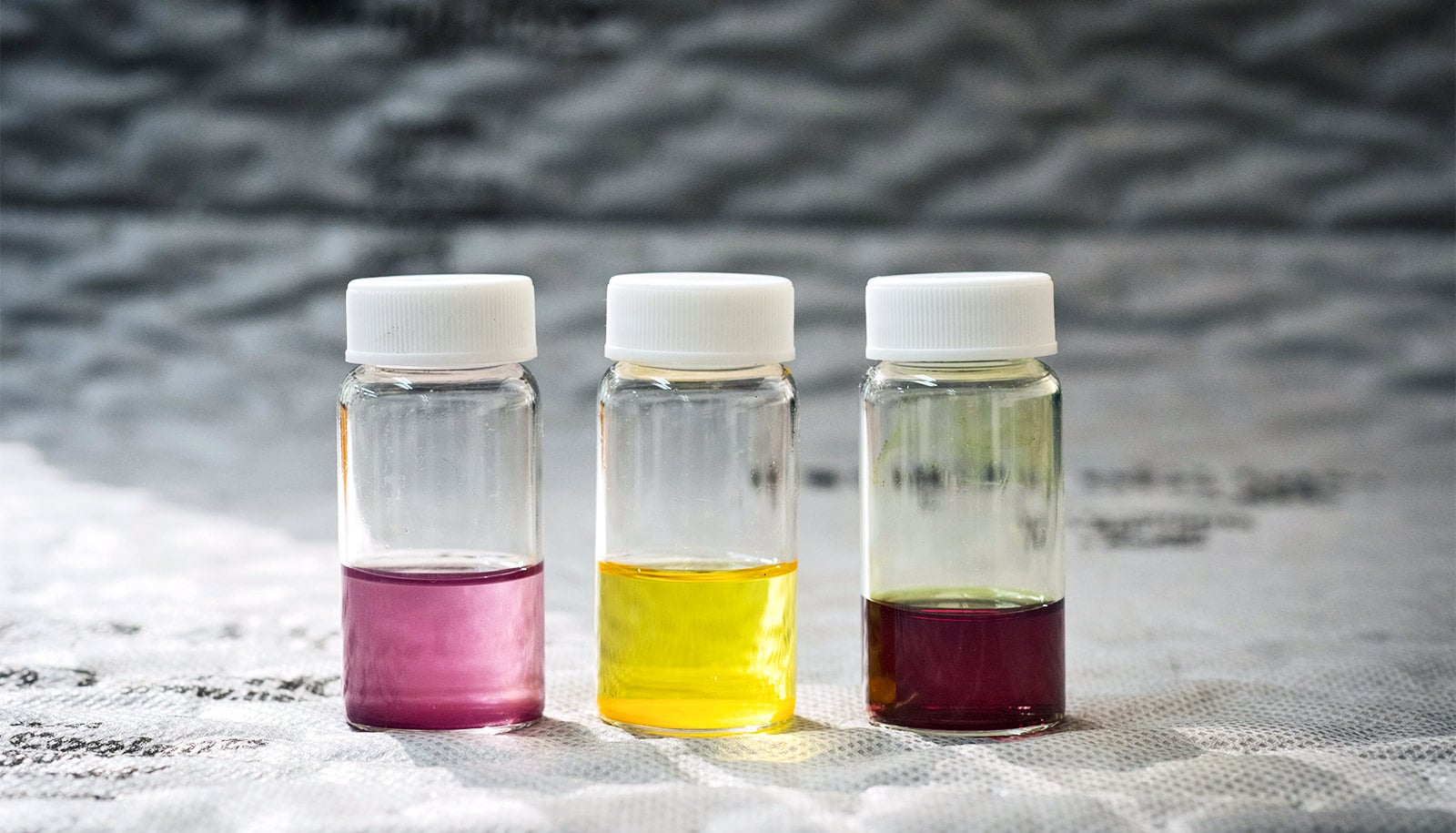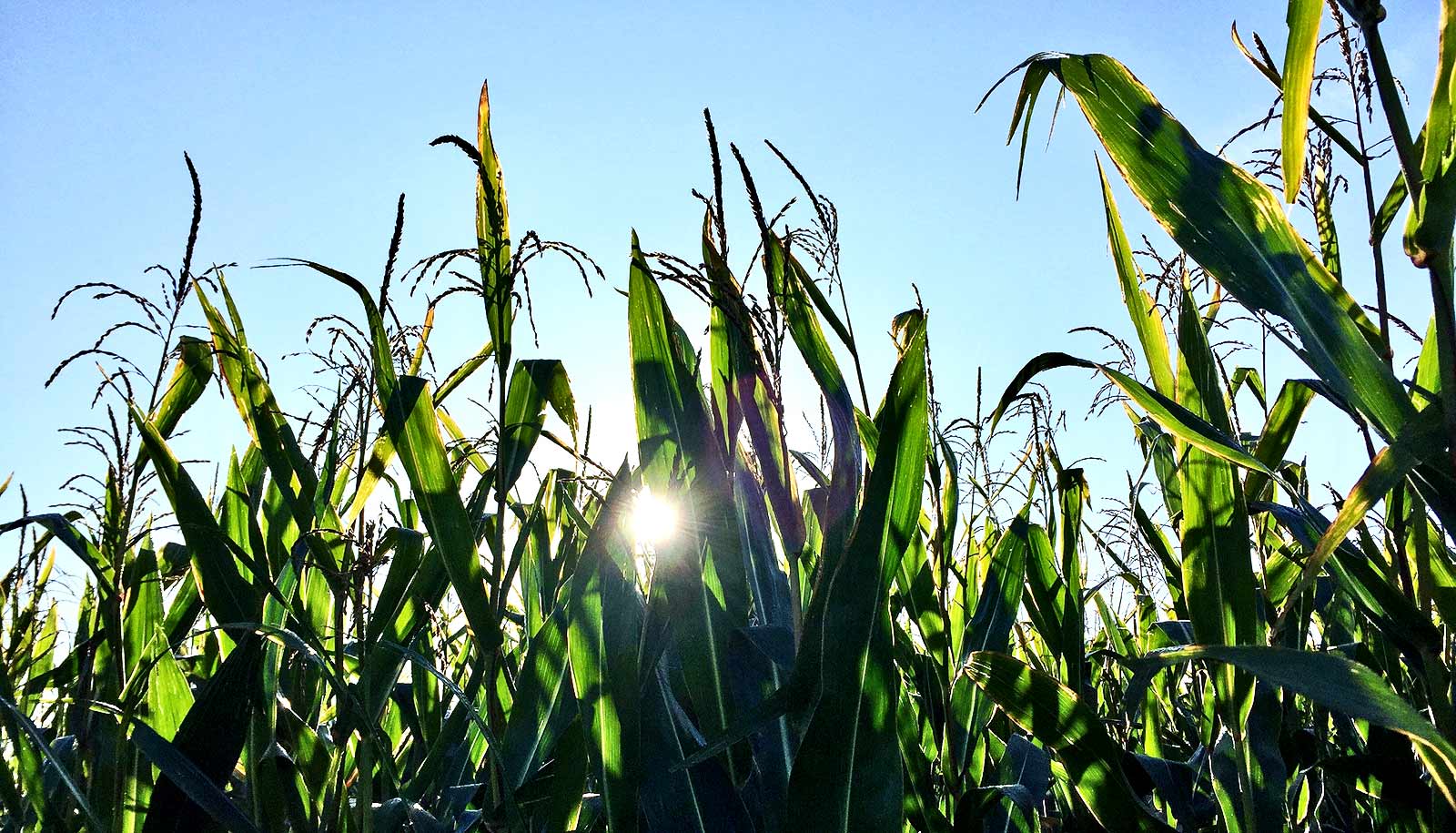What many consider sea sludge may in fact offer a solution to enhance oil production and harvest, according to new research.
The new proof of concept is a biofuel production platform that uses two species of marine algae and soil fungi. It lowers cultivation and harvesting costs and increases productivity, factors that currently hold back biofuels from being widely adopted.
The species of alga, Nannochloropsis oceanica, and fungus, Mortierella elongate, both produce oils that human can harvest and use. For example, both are components in products like biofuels that power cars, and in omega-3 fatty acids that benefit heart health.
When scientists place the two organisms in the same environment, the tiny algae attach to the fungi to form big masses that are visible to the naked eye. This aggregation method is called bio-flocculation.
When harvested together, the organisms yield more oil than cultivating and harvesting each on their own would.
3 big advantages
“We used natural organisms with high affinity for each other,” says study coauthor Zhi-Yan (Rock) Du, research associate for the biochemistry and molecular biology department at Michigan State University. “The algae are very productive, and the fungus we use is neither toxic to us nor edible. It’s a very common soil fungus that can be found in your backyard.”
The researchers discussed other advantages to the biofuel system discovery, including:
- Sustainability, since it doesn’t rely on fossil fuels. The fungi grow on sewage or food waste, while the algae grow in sea water.
- Cost-savings, as researchers could easily capture the big masses of algae and fungi with simple tools, like a piece of mesh.
- Easily scalable, as the organisms are wild strains that have not been genetically modified. They pose no risks of infecting any environment they come in contact with.
The researchers also discussed how their discovery solves two issues that hamper biofuel production.
Solving problems
Bio-flocculation is a relatively new approach. Biofuel systems tend to rely on one species, such as algae, but productivity and cost problems hold them back. The first issue arises because systems that only rely on algae suffer from low oil productivity.
“Algae can produce high amounts of oil when their growth is hindered by environmental stresses, such as nitrogen starvation. The popular method in the lab for algae oil is to grow the cells to high density levels and then starve them by separating them from the nutrients with centrifugation and several washing methods,” Du says. “This approach involves a lot of steps, time, and labor and is not practical for industrial scale production.”
The new approach feeds the algae with ammonium, one source of nitrogen that algae can quickly use for growth. However, researchers control the ammonium supply so the algae produce the maximum cell density and automatically enter nitrogen starvation. The closely monitored nitrogen diet can increase oil production and lower costs.
The second problem is the high cost of harvesting oil because algae are tiny and hard to collect. Harvesting can take up to 50 percent of oil production costs.
“With bio-flocculation, the aggregates of fungi and algae are easy to harvest with simple and cheap tools,” Du says.
Looking forward, the scientists want to mass produce biofuels with this system. They also know the entire genomes of both organisms and could use genetic engineering tools to further improve the method.
The research appears in the journal Biotechnology for Biofuels.
Source: Michigan State University



